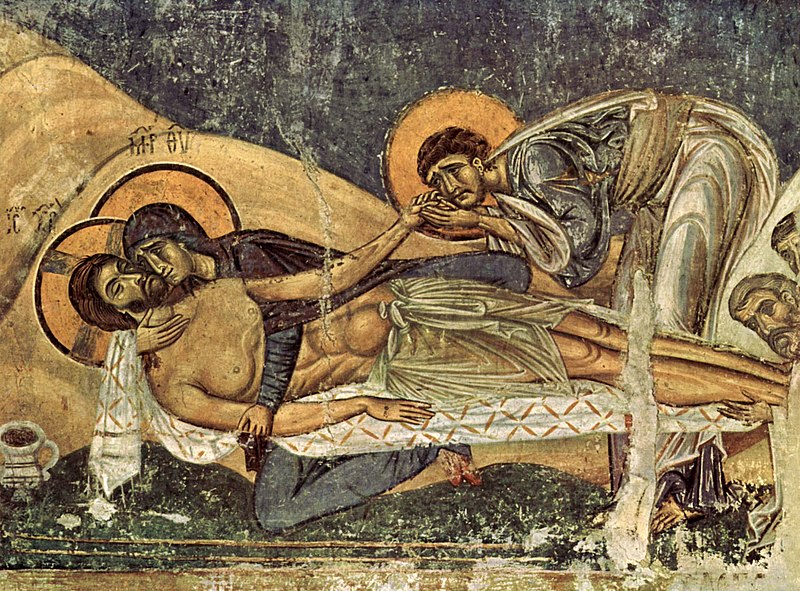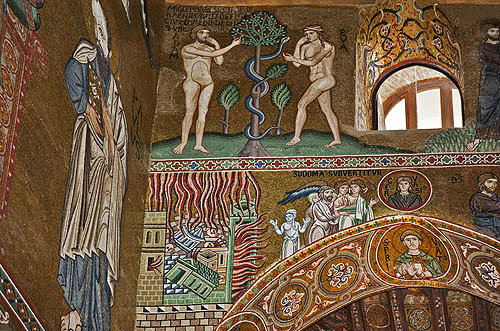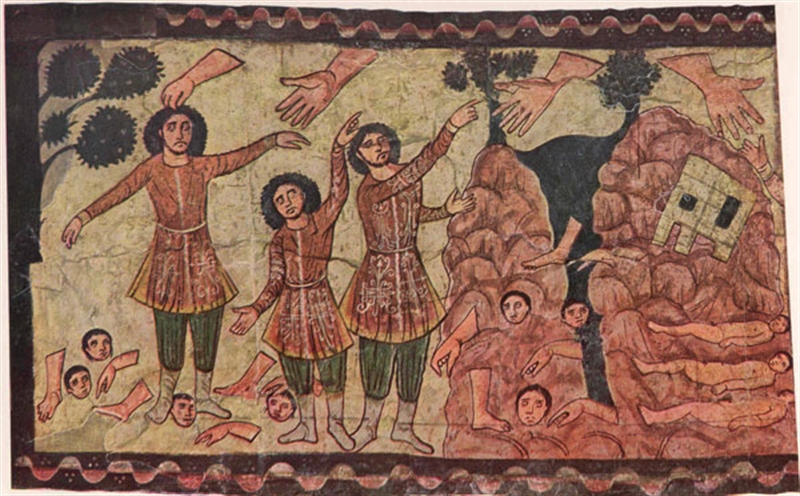So when this corruptible body has put on incorruption, and this mortal body has put on immortality, then shall be brought to pass the saying that is written: Death is swallowed up in victory. O Death, where is your sting? O Hell, where is your victory? (1 Cor. 15:54-55)
St. Paul tells his readers that this mortal, corruptible body will become immortal and incorruptible when it is raised from the dead on the Last Day. That victory is already anticipated in Christ’s victory. St. Paul quotes three different verses from the Old Testament as if they were one passage, a common practice among ancient preachers–and modern ones!
Death is swallowed up in victory. (Isaiah 25:8)
O Death, where is your sting? O Hell, where is your victory? (Hosea 13:14)
There were several versions of these passages in circulation during the first century and most modern Bibles in English don’t have these exact versions in Isaiah and Hosea. But these are the passages most people are familiar with because of the way St. Paul used them and the way they appear in the famous Easter-Paschal homily of St. John Chrysostom:
[Hell] took a body and, face to face, met God! It took earth and encountered heaven! It took what it saw but crumbled before what it had not seen!
“O death, where is thy sting? O hades, where is thy victory?”
Christ is risen, and you are overthrown!
Christ is risen, and the demons are fallen!
Christ is risen, and the angels rejoice!
Christ is risen, and life reigns!
Christ is risen, and not one dead remains in a tomb!
Hosea 6:1-6 is traditionally read on Good Friday by Western Christians although most revisions of the services in the 1970s removed the reading from Hosea, which is unfortunate. Hosea’s reading on Good Friday and these words of his quoted at Easter express the traditional understanding that Christ’s victory begins on the Cross and will not be complete until the Last Day, when the entire human race is raised from the dead. Thus, Easter-Pascha is not the celebration of a past event; it is the celebration of an eschatological, apocalyptic event that began 2,000 years ago, is still happening, and will continue until time has ceased. It is an ongoing reality.



